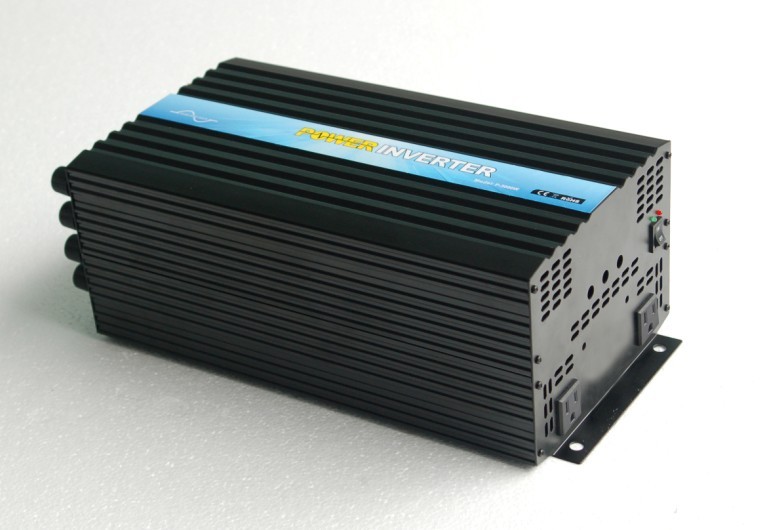
Inverters play a pivotal role in converting direct current (DC) into alternating current (AC), which is essential for most electrical devices. One crucial aspect of this conversion process is frequency mixing. Frequency mixing refers to the method by which an inverter adjusts its output frequency to match the required specifications of the connected electrical systems. Understanding how this adjustment works and its implications can significantly impact the performance and efficiency of electrical applications.
One of the main effects of adjusting the frequency mixing in inverters is the potential increase in energy efficiency. When the output frequency aligns perfectly with the load requirements, the inverter minimizes energy losses during conversion. For instance, in renewable energy systems such as solar panels, optimizing the inverter frequency can lead to better alignment with grid frequency, allowing for smoother integration and reduced energy waste. This improved efficiency results not only in cost savings but also in environmental benefits, making it a crucial topic for anyone involved in energy management.
Another critical effect of frequency adjustment in inverters is its role in improving power quality. By fine-tuning the output frequency, inverters can significantly reduce harmonic distortion, which is a common problem in electrical systems. Harmonics can lead to inefficiencies, overheating, and potential equipment damage. When inverters are able to effectively manage frequency mixing, they produce cleaner power, which enhances the overall stability and quality of the electrical supply. This is particularly important for sensitive devices that require reliable power sources to operate efficiently.
In addition to efficiency and power quality, adjusting frequency mixing allows inverters to adapt better to varying load conditions. Electrical demands can fluctuate due to different operating conditions, and inverters that can dynamically adjust their output frequency are better equipped to handle these changes. This adaptability enhances system resilience, allowing for more responsive and effective energy distribution. Consequently, businesses and homes relying on these systems can expect improved reliability and performance.
While there are numerous advantages to adjusting frequency mixing in inverters, it is not without its challenges. Implementing frequency adjustments may require advanced control algorithms and technology, which can increase initial costs and complexity. Moreover, improper adjustments can lead to operational issues if not carefully monitored. Hence, individuals and organizations must weigh the benefits against potential drawbacks and consider the specific requirements of their systems before making frequency adjustments a priority.
In summary, adjusting frequency mixing in inverters has significant effects on efficiency, power quality, adaptability to load conditions, and system reliability. As the demand for energy efficiency and sustainability grows, the importance of understanding and implementing effective frequency adjustments in inverter technology becomes increasingly paramount. By embracing this knowledge, users can optimize their energy systems for better performance, reduced costs, and lower environmental impact.
Next:Can Grid-Tied Inverters and Energy Storage Inverters Be Connected in Parallel
Previous:Exploring the Similarities and Differences Between Photovoltaic Inverters and Energy Storage Convert